Find your Next Adventure !
Gallery
Overview
Embark on a poignant journey through history and resilience with a visit to Hiroshima, a city whose origins date back to the 6th and 7th centuries when it prospered as the regions of Aki and Bingo. In 1589, a regional warlord during the Sengoku period, gave Hiroshima its name and built a castle in what is now Hiroshima City.
Despite its ancient roots, Hiroshima's modern identity is profoundly shaped by the events of August 1945, when it became the site of the world's first atomic bombing, devastating the city and its inhabitants at the close of World War II.
Today, Hiroshima stands as a symbol of peace and reconciliation, anchored by the somber yet hopeful Hiroshima Peace Memorial Park. Here, the iconic Atomic Dome stands as a silent witness to the horrors of nuclear warfare. The park also features a peace pagoda and the Children's Peace Monument pays tribute to the innocent lives lost with a poignant statue of a girl holding a paper crane.
The girl depicted in the statue believed that by folding 1000 paper cranes, she could cure herself of the radiation effects resulting from the bomb. To this day people from around the world, fold cranes and send them to Hiroshima where they are placed near the statue as a symbol of peace. Hiroshima was proclaimed a city of peace by the Japanese parliament in 1949.
Beyond Hiroshima's poignant memorials, it offers a wealth of attractions to explore, including the majestic Hiroshima Castle, gardens and historic shrines. Venture to the nearby Miyajima Island, renowned for its iconic Itsukushima Shrine and breathtaking shrine. On the scenic ferry ride to Miyajima Island marvel at the floating torii gate at high tide, a UNESCO World Heritage Site. Explore the island's lush forests, hike to the summit of Mount Misen or panoramic views and encounter friendly wild deer roaming freely.
After a day of exploration, indulge in Hirsohima's culinary deilghts, including the city's famous okonomiyaki; a savoury pancake layered with cabbage, noodles and various toppings. Don't miss out on trying Hiroshima-style tsukemen, a dipping noodle dish serve with a rich, flavourful broth.
With its rich tapestry of cultural sites, breathtaking landscapes and delectable cuisine, Hiroshima promises an unforgettable journey of reflection, discovery and inspiration.
Adventures & Attractions
Our recommended resort highlights.
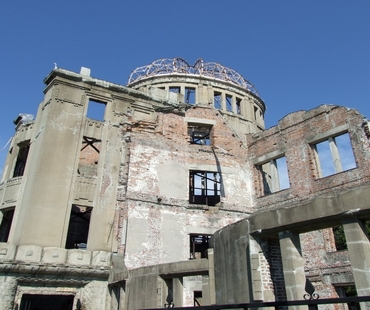
Atomic Bomb Dome
The Atomic Bomb Done in Hiroshima stands as a powerful symbol of peace, preserving the memory of the 1945 atomic bombing.
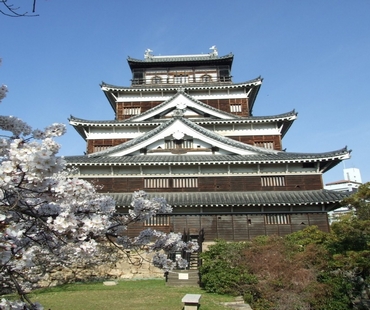
Hiroshima Castle
Hiroshima Castle, rebuilt after WWII is a stunning landmark that showcases Japan's rich feudal history, surrounded by moats and beautiful grounds.
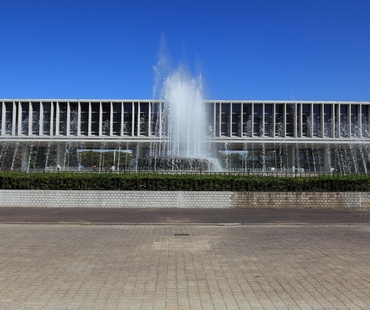
Hiroshima Peace Memorial Museum
The Hiroshima Peace Memorial Museum shares the powerful story of the atomic bombing, promoting peace and reflecting on the impact of nuclear weapons.
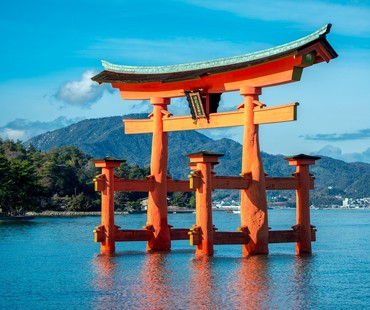
Itsukushima Shrine
Itsukushima Shrine, a UNESCO site on Miyajima Island is famous for its iconic floating torii gate and serene beauty.
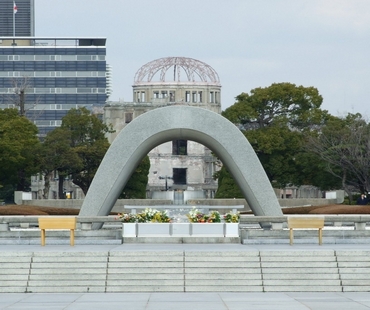
Hiroshima Peace Memorial Park
Hiroshima Peace Memorial Park honours victims of the atomic bombing, offering a serene space for reflection and a symbol of hope for world peace.
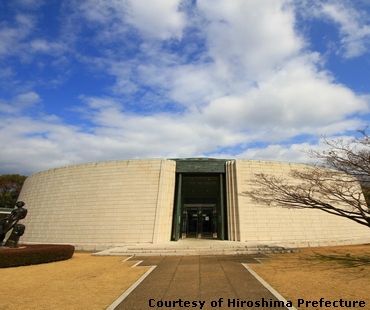
Hiroshima Museum of Art
Hiroshima Museum of Art features a rich collection of European and Japanese modern art, offering a serene space for cultural reflection.
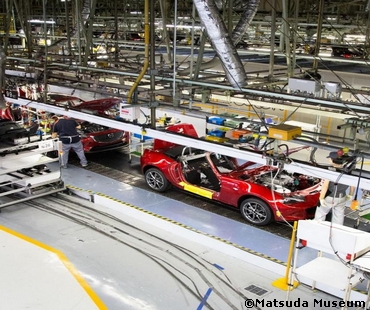
Matsuda Museum
Matsuda Museum in Hiroshima displays local history and samurai artefacts, offering a glimpse into Japan's rich cultural heritage and feudal past.
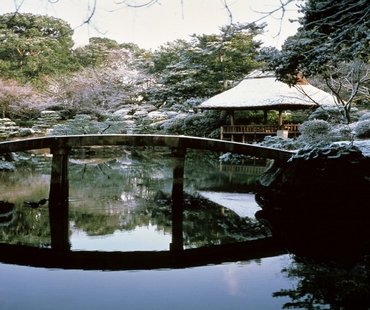
Shukkei-en Garden
Shukkei-en Garden is a tranquil oasis in Hiroshima, featuring miniature landscapes, scenic ponds and bridges perfect for peaceful strolls.

Okonomimura
Okonomimura in Hiroshima is a multi-floor food haven, famous for serving delicious okonomiyaki a savoury pancake packed with local produce.
- How to Reach Hiroshima
- Resorts & City Guide
By Air
Hiroshima Airport (HIJ) is 31 miles east of the city, offering flights to Tokyo, Sapporo, and international destinations like China and Taiwan. A limousine bus to Hiroshima Station takes about 45 minutes.
By Train
The Shinkansen bullet train connects Hiroshima to Tokyo in about four hours and Osaka in two hours. Hiroshima Station is located in the Minami-ku district.
By Car
Driving to Hiroshima is possible but takes longer than the Shinkansen. Follow the Sanyo Expressway along the southern coast from cities like Osaka and Okayama.
By Bus
Willer Express runs highway buses to Hiroshima from cities like Kyoto and Osaka. Bus journeys can be long; for instance, from Tokyo, it takes around 12 hours.
By Private Transfer
Private taxi services offer door-to-door transport from Hiroshima Airport to your destination, ensuring a convenient travel experience.

